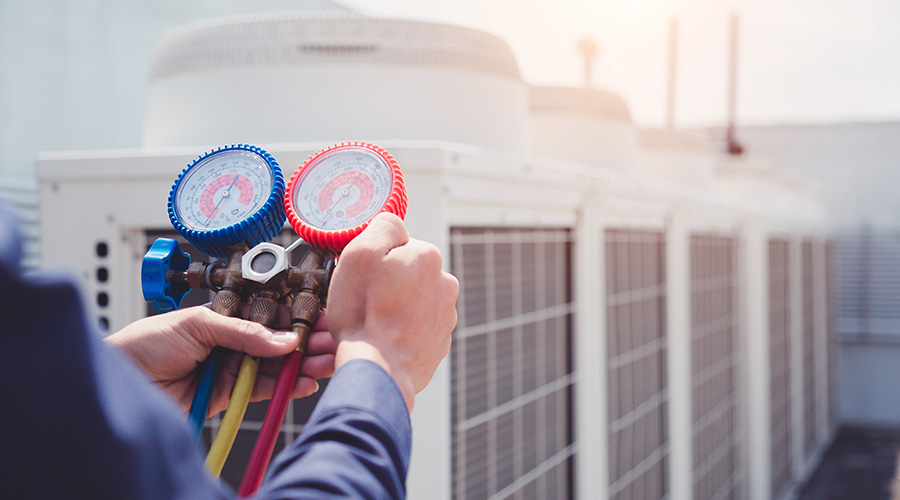Uncovering Energy Savings Inside Critical Facilities
Many facilities' fume hoods go through regular re-certification to ensure they properly maintain face velocity and that the conditions in front of the fume hoods remain safe. This process also can reveal when airflow or pressure sensors are out of calibration or have failed.
One component that is rarely rechecked is the airflow sensor for an SAV and EAV system. This is an opportunity because these devices are in service just as long as the fume hood. Airflow rings can become dirty or corroded, sensors can start to fail, or poly tubing between the airflow ring and sensor might dry, crack or fall off completely. All these items will cause inaccurate airflow readings, which can result in energy waste and improper space pressurization, which is actually the larger of the two concerns.
Often, the energy wasting-culprits are not in the laboratory itself but at the exhaust or make-up air source. Consider dilution exhaust fans with bleed air dampers, which serve two basic functions. They maintain duct static pressure to ensure fume hoods and EAVs properly pull from the laboratory spaces, and they maintain stack velocity. In some cases, the fans are set to full speed, and the bleed air dampers maintain duct static. This method usually ensures stack velocity.
MAU Opportunities
Managers can uncover another area of potential energy savings by verifying the operation of makeup-air units (MAU) to ensure heating and cooling do not occur simultaneously. If the MAU is set to a constant setpoint of 55 degrees, operators should look at the performance of reheat coils. If they are all open, heating and cooling are happening at the same time.
During shoulder season months, when outside air temperatures generally are 50-65 degrees, this is an opportunity to trim the MAU discharge temperature setpoint based on the minimum reheat valve position. If humidity in the laboratory spaces is critical, this sequence of operations becomes slightly more difficult, but it is not impossible if direct digital controls are in place in laboratory areas.
In the winter, a MAU's preheat water coil might produce a higher setpoint while the chilled water is still operating. This scenario brings the unit's discharge temperature down to the required setpoint. This is usually set up to prevent freeze stat trips, but operators should be able to repair this issue. Typically, freeze stat trips are caused by stratification of air through the coil because the coil is not properly flooded. If freeze stat trips are frequent, operators should review trends leading up to the event.
Good control valves actually have a curve and a point of optimal operation. If the system is below this point on below-freezing days, operators can decrease the hot-water temperature. This tactic will cause the control valve to open more, flood the coil better and prevent cold spots due to stratification. Even though more flow occurs, the temperature is lower. The same amount of energy is used, but electrical energy for pumping might increase.
One strategy managers can use to understand the implications of changes in operations to save energy is to plan a field trip. Talking to and visiting other facilities with system operators, EHS personnel, and key laboratory staff might help managers alleviate potential concerns. Learning from the experience of others can make the pursuit of energy savings in laboratories more successful.
Scott Lance is a senior project engineer with Horizon Engineering Associates, www.horizon-engineering.com.
Related Topics:













